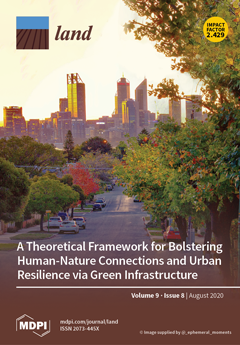Resource information
Forest conversion to agriculture can induce the loss of hydrologic functions linked to infiltration. Infiltration-friendly agroforestry land uses minimize this loss. Our assessment of forest-derived land uses in the Rejoso Watershed on the slopes of the Bromo volcano in East Java (Indonesia) focused on two zones, upstream (above 800 m a.s.l.; Andisols) and midstream (400–800 m a.s.l.; Inceptisols) of the Rejoso River, feeding aquifers that support lowland rice areas and drinking water supply to nearby cities. We quantified throughfall, infiltration, and erosion in three replications per land use category, with 6–13% of rainfall with intensities of 51–100 mm day−1. Throughfall varied from 65 to 100%, with a zone-dependent intercept but common 3% increase in canopy retention per 10% increase in canopy cover. In the upstream watershed, a tree canopy cover > 55% was associated with the infiltration rates needed, as soil erosion per unit overland flow was high. Midstream, only a tree canopy cover of > 80% qualified as “infiltration-friendly” land use, due to higher rainfall in this zone, but erosion rates were relatively low for a tree canopy cover in the range of 20–80%. The tree canopy characteristics required for infiltration-friendly land use clearly vary over short distances with soil type and rainfall intensity.


